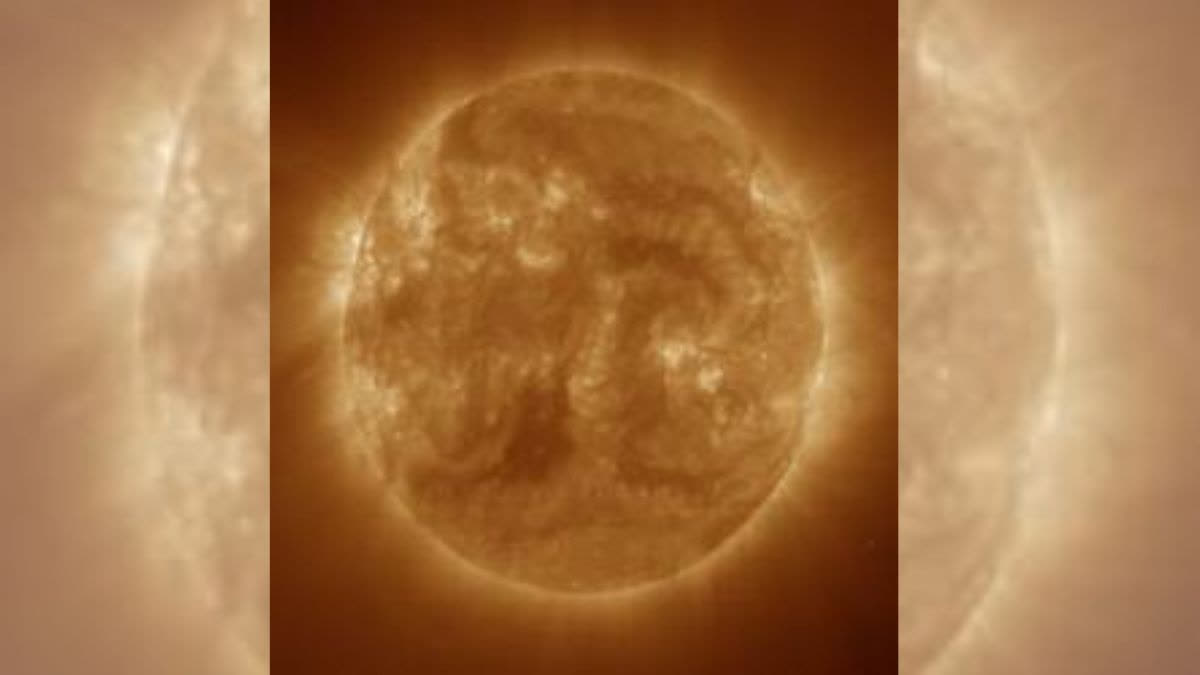New Delhi: Astronomers from the Indian Institute of Astrophysics (IIA), an autonomous institute of the Department of Science and Technology, have accurately estimated the physical parameters of thermal and magnetic field structures of solar coronal holes. These structures have a significant influence on space weather that affects satellites, as well as the Indian summer monsoon rainfall.
“Coronal holes, which are dark regions in X-ray and extreme ultraviolet images of the Sun, have open magnetic field lines and are hence important for understanding the interplanetary medium and space weather. The latitude dependence of temperature and the magnetic field strengths of these coronal holes have now been characterised accurately,” said the team from the (IIA).
A recent physics-based study found that besides the influence of sunspots, parameterised study of the radiative effects of coronal holes can satisfactorily explain the variability of Indian Monsoon rainfall. To probe further, astronomers from the IIA used eight years of full-disk calibrated images observed by the Solar and Heliospheric Observatory (SOHO) space probe.
The study, published in the journal Astronomy and Astrophysics, accurately estimated the physical parameters of thermal and magnetic field structures of coronal holes. “The study also offers a comprehensive understanding of how these near-equatorial coronal holes evolve as they traverse the solar disk,” said Dr Manjunath Hegde of IIA, and lead author of the study.
